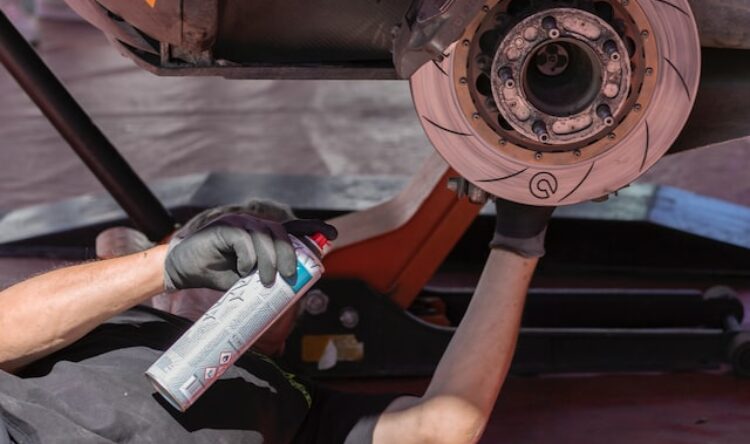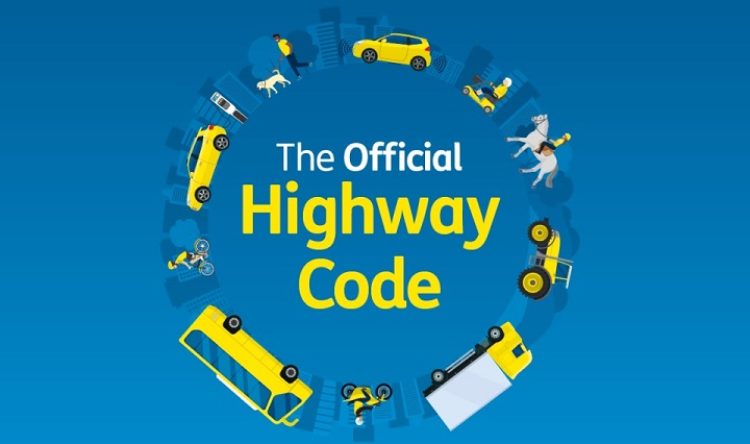Cars Vs Bikes
Drivers the culprits in most collisions with cyclists
Drivers are usually at fault when involved in crashes with cyclists.
That is the conclusion of a new report by Cycling Scotland after analysing official crash data.
The research has found that the person driving is at fault in nearly three quarters of collisions between cyclists and vehicles.
Four by two
Research into incidents across Scotland, carried out by Cycling Scotland, highlights that 54 cyclists were killed. A further 1,836 were seriously injured between 2015 and 2021.
Analysing the contributory factors in these collisions, Cycling Scotland found that 73% were the fault of the driver.
At 512, the most common cause of a collision was failure to look. Among these incidents, 374 were assigned to the motorist – equating to 73%.
This links in with the leading cause of all crashes by motor vehicles in the UK being attributed to ‘a failure to look properly’. This is particularly common at junctions and is just one of the reasons why ophthalmologists and road safety professionals have been highlighting the need for regular eye tests, particularly for the over 40s.
Blind to danger
Similarly, failure to judge the other person’s path or speed was the second most common contributory factor. This was noted in 191 of the collisions, 133 attributed to the driver (70%).
Third in the list was being ‘careless, reckless or in a hurry’, resulting in 154 collisions – of which 101 (66%) were linked to the driver.
Cycling Scotland says the analysis ‘helps us to challenge some of the myths about people on bikes, particularly about the causes of collisions and how to reduce the likelihood or severity of the collisions’.
In the dark
Pointing to the data, it shows a cyclist wearing dark clothing at night was noted in 22 collisions. It makes the the chances of not seeing a cyclist that much higher.
However, Cycling Scotland says: “In collisions between bikes and motor vehicles, the person driving the vehicle is more often at fault than the person riding the bike. Wearing dark clothing or failing to use lights are not common causes attributed to people cycling when involved in a collision.
“Poor driving or riding standards are a much more significant cause of collisions, and it would therefore be ineffective to prioritise action primarily on what someone cycling wears, rather than improving road user behaviour.”
Three Es
Cycling Scotland stresses that engineering, education and enforcement measures are critical to reducing fatal and serious injuries in collisions involving people cycling – and that these actions ‘need to be prioritised across Scotland now’.
It adds that engineering is the top priority and the development of a cycling network, separate from motorised traffic, is the best way to deliver a safer environment for people cycling.






